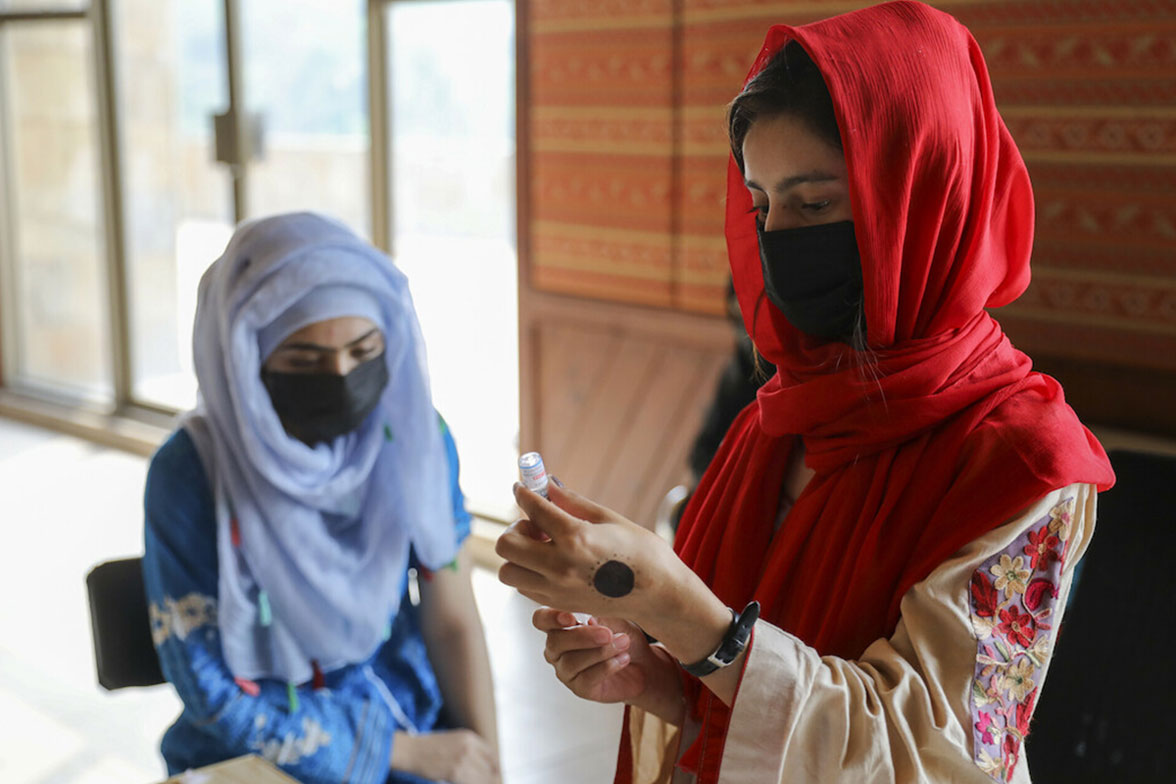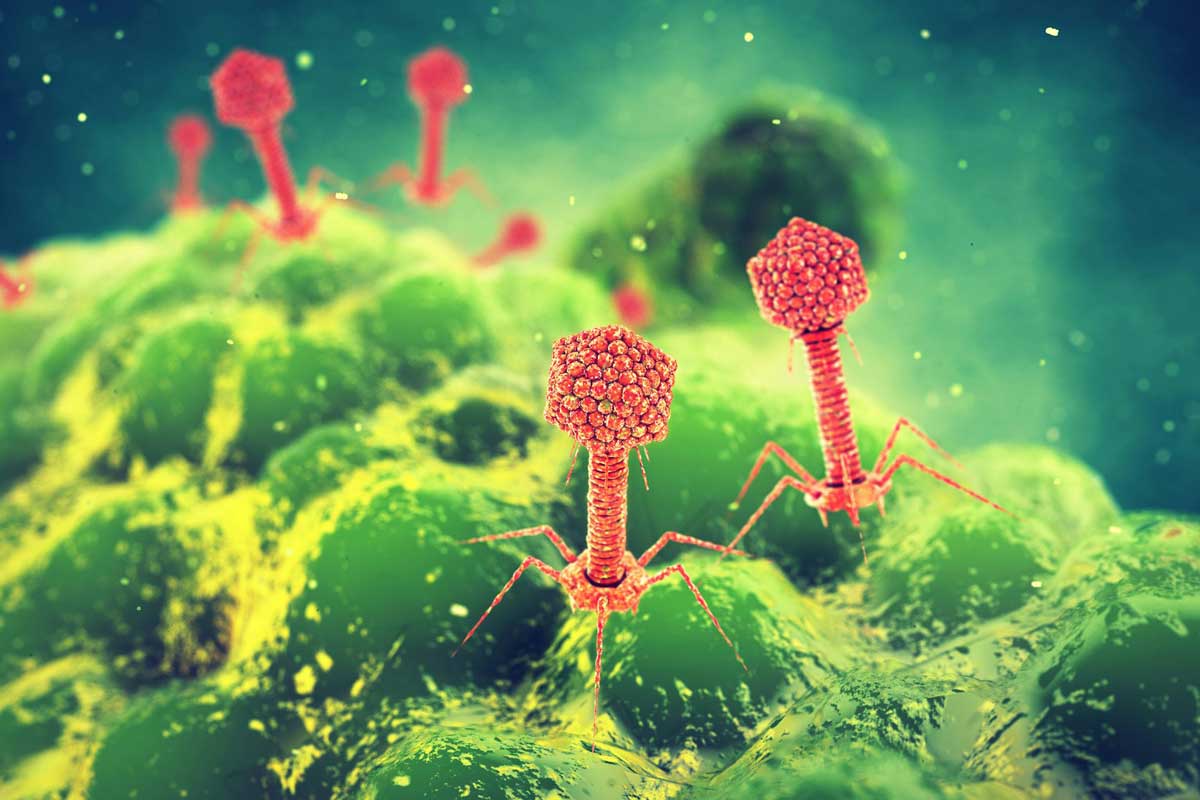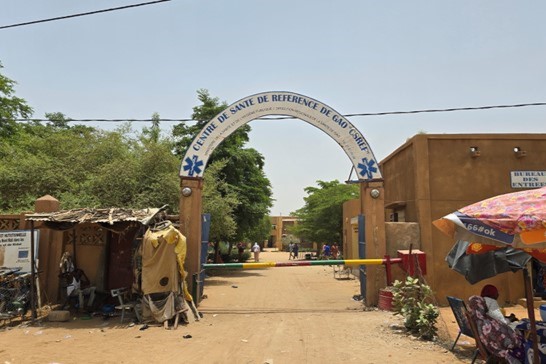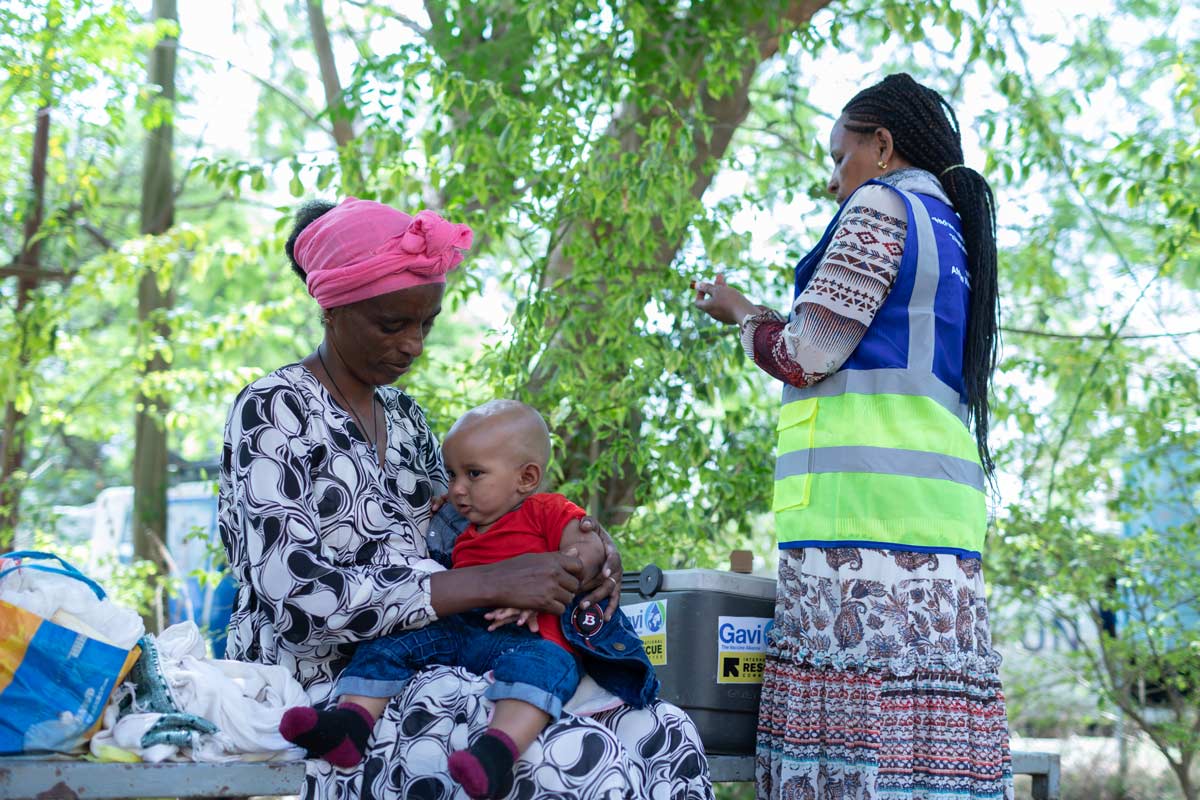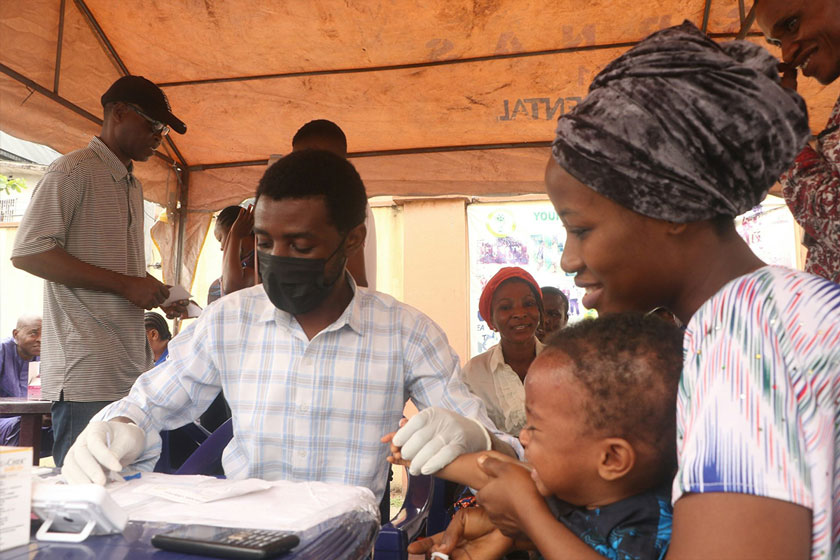What do we know about the new B.1.1.529 coronavirus variant and should we be worried?
The variant was first detected in Botswana and contains a high number of mutations associated with increased immune evasion.
- 26 November 2021
- 4 min read
- by Linda Geddes
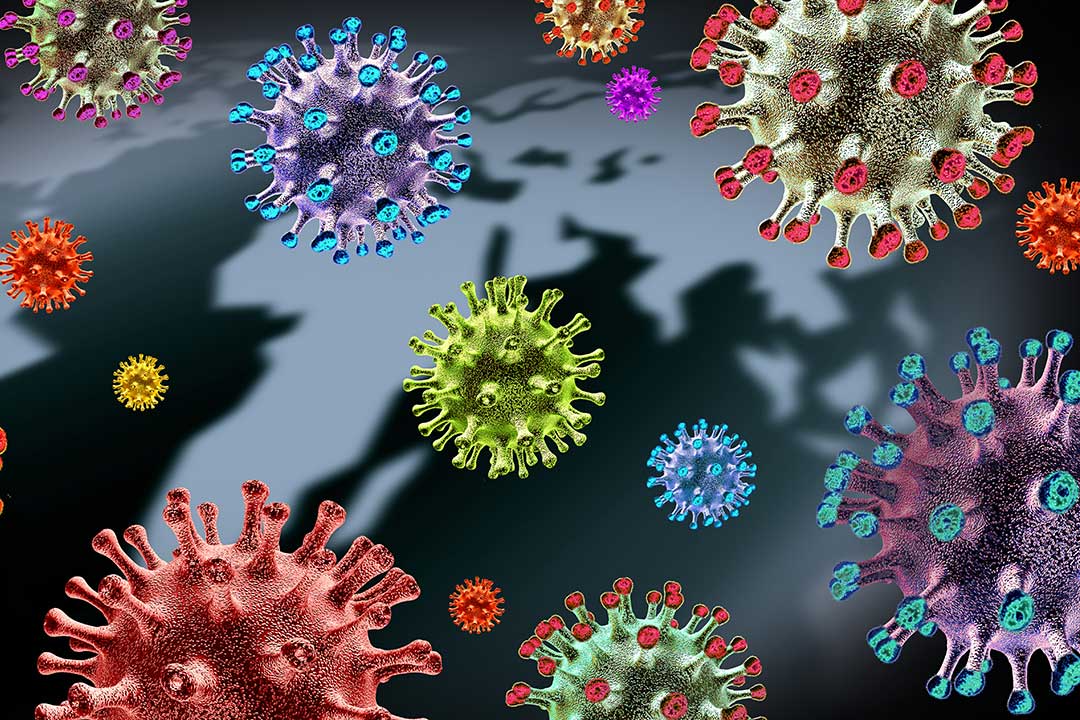
A coronavirus variant has been detected that contains a high number of mutations within its spike protein, some of which may help the virus to evade vaccine-induced immune protection.
Although the full implications of the discovery are currently unclear, scientists have emphasised the need for continued surveillance, and stressed that protective measures such as social distancing, mask-wearing and vaccination (where available) will help to limit its spread.
New variants are constantly emerging, and better surveillance systems will inevitably pick more of them up. Many of these new variants fizzle out – including some of those previously considered VOIs. Unless B.1.1.529 is transmissible enough to outcompete the Delta variant, it may similarly disappear.
Where is it circulating?
The variant, named B.1.1.529, was first detected in Botswana on 11 November, although other cases have since been identified in South Africa and in a patient who travelled to Hong Kong from South Africa. In a statement released on 25 November, South Africa’s Institute for Communicable Diseases (NICD) said that 22 positive cases had been identified so far, with further genome sequencing currently taking place that might identify others.
According to Prof Tulio de Oliveira, Director of the KwaZulu-Natal Research Innovation and Sequencing Platform at South Africa’s University of KwaZulu-Natal, there are early signs from diagnostic laboratories that the new variant has rapidly increased in Gauteng province, a predominantly urban area containing the cities of Johannesburg and Pretoria, and may be present in other provinces.
Does it have a Greek letter?
De Oliveira said the World Health Organization’s Technical Working Group would meet on Friday 26 November to consider whether B.1.1.529 should be designated as a variant of interest (VOI) or a variant of concern (VOC), meaning it would be assigned a Greek letter.
VOIs contain genetic markers predicted to affect a variant’s transmission; how well diagnostics, treatments or vaccines work; or appear to be responsible for an increased proportion of cases. VOCs also meet these criteria, but also show evidence of significantly increased transmissibility or disease susceptibility, and/or that public health measures, diagnostics, vaccines or therapeutics are likely to be less effective against it.
Have you read?
Which mutations does it contain?
B.1.1.529 is known to contain 32 mutations in the gene for the coronavirus spike protein, compared to the original strain of SARS-CoV-2 first identified in Wuhan, China. Many of these mutations are also found in other VOCs, including the Delta variant, but many others are not.
“Given the large number of mutations it has accumulated apparently in a single burst, it likely evolved during a chronic infection of an immunocompromised person, possibly in an untreated HIV/AIDS patient,” said Prof Francois Balloux, Director of the University College London Genetics Institute, UK.
Some of the mutations found in other VOC include an N501Y mutation, which improves spike protein binding to cellular receptors, and a D614G mutation thought to enhance viral replication - both of which could make the virus more contagious. Others include K417N and T478K mutations, which may help the virus to avoid neutralising antibodies generated through vaccination or previous infection. Balloux said: “I would definitely expect it to be poorly recognised by neutralising antibodies relative to Alpha or Delta. It is difficult to predict how transmissible it may be at this stage.”
How concerned should we be?
Although this constellation of mutations is clearly worrying, Balloux said there was no reason to get overly concerned, unless cases of the variant rapidly start to increase in the near future. New variants are constantly emerging, and better surveillance systems will inevitably pick more of them up. Many of these new variants fizzle out – including some of those previously considered VOIs. Unless B.1.1.529 is transmissible enough to outcompete the Delta variant, it may similarly disappear.
De Oliveira said that while it was possible to make some predictions about the impact of mutations in this variant, the full significance is uncertain, and vaccines remain the critical tool to protect against severe disease.
The good news is that diagnostic and disease surveillance labs should be able to detect this variant ahead of whole genome sequencing, using a particular type of PCR test, which should make it easier to track and understand its spread. It should also mean we have a clearer idea of how much of a threat it poses sooner, which will enable governments to step up their containment measures, if necessary.
More from Linda Geddes
Recommended for you
